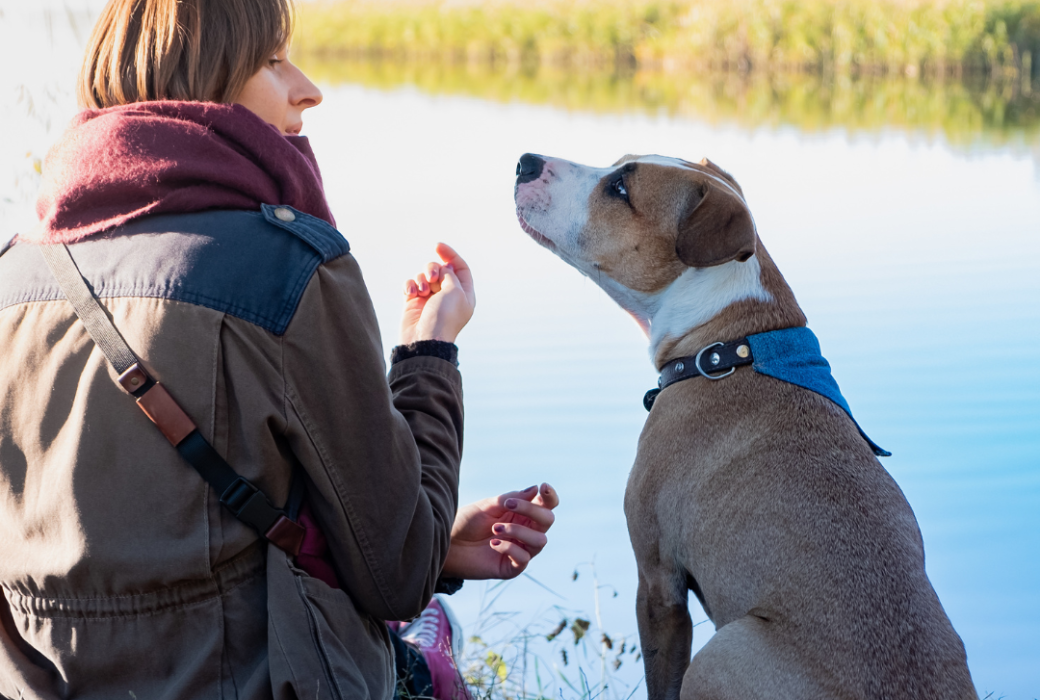Dogs Can Learn Over 100 Words and Gestures
Dogs have long held a special place in our hearts as our loyal and loving companions. Their remarkable ability to understand and respond to our words and gestures has fascinated scientists and dog lovers alike. While most of us are aware of basic commands like “sit” and “stay,” it might come as a surprise that dogs can actually learn and understand a vast vocabulary of over 100 words and gestures.
The Science Behind Canine Language Comprehension
Dogs are not just cute and cuddly; they are incredibly intelligent animals. They have an extraordinary ability to pick up on human cues and learn from them. This ability is rooted in their evolutionary history as pack animals, where communication within the pack was essential for survival. Their keen sense of observation and desire to please their human companions make them fast learners.
Numerous scientific studies have shown that dogs can understand and respond to both verbal commands and non-verbal cues, such as hand signals and body language. They can even interpret our emotional states by reading our facial expressions and tone of voice.
One notable study, conducted by Dr. Stanley Coren, a recognized expert in canine intelligence, found that the average dog can learn around 165 words, signals, and gestures. While individual dogs may vary in their capacity to learn and retain words, many dogs are capable of learning a substantial vocabulary.
The Role of Consistency and Repetition
To help your dog build a robust vocabulary of words and gestures, consistency and repetition are key. Dogs thrive on routine and can learn more effectively when commands are given in a consistent manner. Here are some tips to help you expand your dog’s vocabulary:
- Start with the Basics: Begin with fundamental commands like “sit,” “stay,” and “come.” Ensure you use the same word or gesture consistently each time you give the command.
- Use Clear Signals: Make sure your hand signals or body language are distinct and easily distinguishable to avoid confusion.
- Reward and Positive Reinforcement: Whenever your dog correctly responds to a word or gesture, reward them with treats, praise, or affection. This positive reinforcement encourages them to associate the word or gesture with a positive outcome.
- Practice Regularly: Consistent practice is essential for reinforcing your dog’s understanding of words and gestures. Daily short training sessions can be more effective than irregular, lengthy ones.
- Expand Gradually: Once your dog has mastered the basics, gradually introduce new words and gestures. Be patient, and don’t overwhelm your dog with too much information at once.
Examples of Advanced Canine Vocabulary
Beyond the basic commands, dogs can learn a wide range of advanced words and gestures. Here are some examples of the kinds of words and gestures dogs can learn:
- Names of Family Members: Dogs can learn the names of family members and recognize them when called.
- Specific Toy Names: They can differentiate between their various toys and fetch a specific one when asked.
- Directions: Dogs can understand and follow directional cues like “left,” “right,” “up,” and “down.”
- Object Retrieval: They can be trained to fetch specific objects by name, such as “ball” or “frisbee.”
- Emotional Cues: Dogs are sensitive to emotional cues and can respond to phrases like “good dog” with excitement and tail-wagging.
- Non-Verbal Gestures: Dogs can also learn non-verbal cues, such as pointing, nodding, or hand signals.
The capacity of dogs to understand and respond to over 100 words and gestures is a testament to their remarkable intelligence and their unique bond with humans. With patience, consistency, and positive reinforcement, you can expand your furry friend’s vocabulary and enhance your communication with them. It’s not just a fun and impressive feat; it’s also a way to strengthen the connection and trust between you and your beloved canine companion. So, next time you’re amazed by your dog’s ability to follow your commands or read your emotions, remember that their linguistic prowess is yet another reason to cherish and appreciate these incredible animals.

